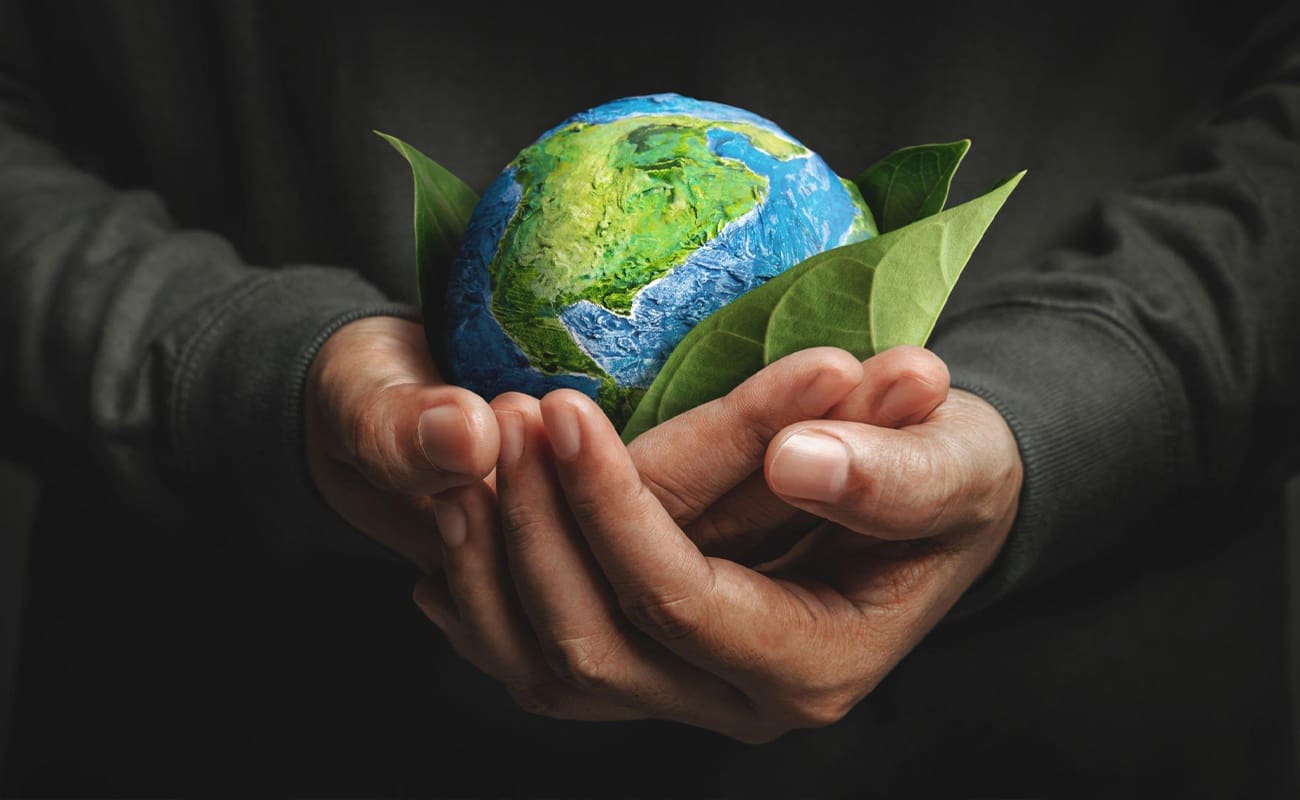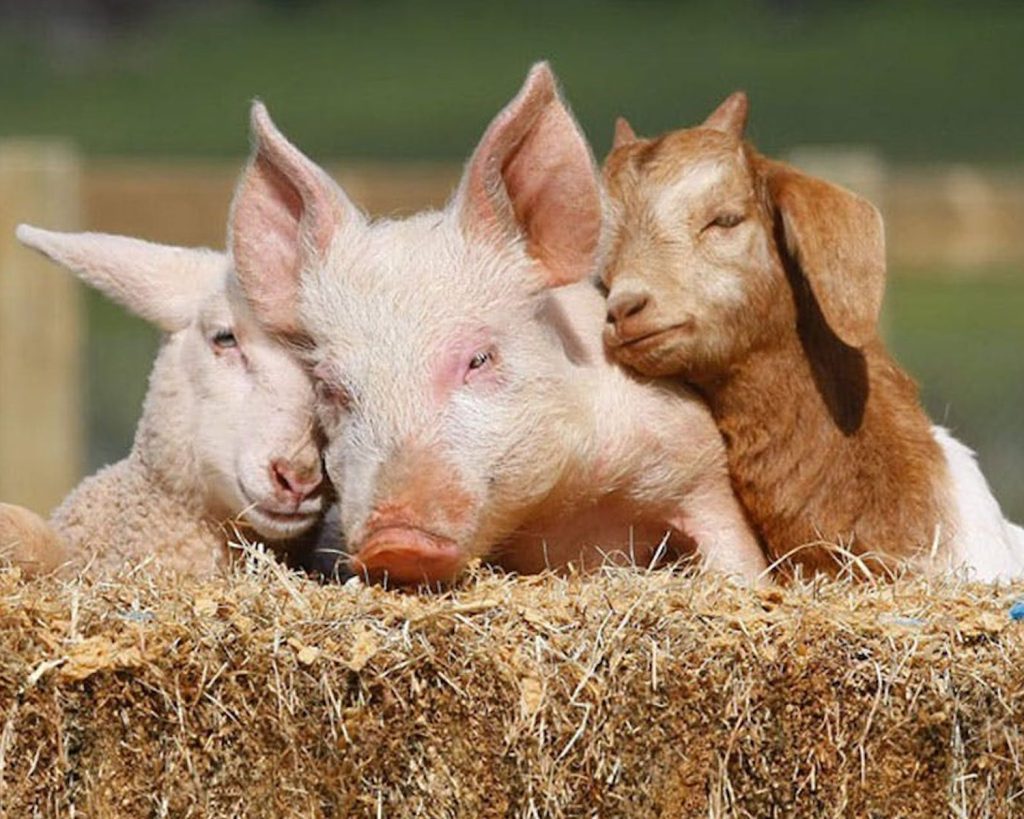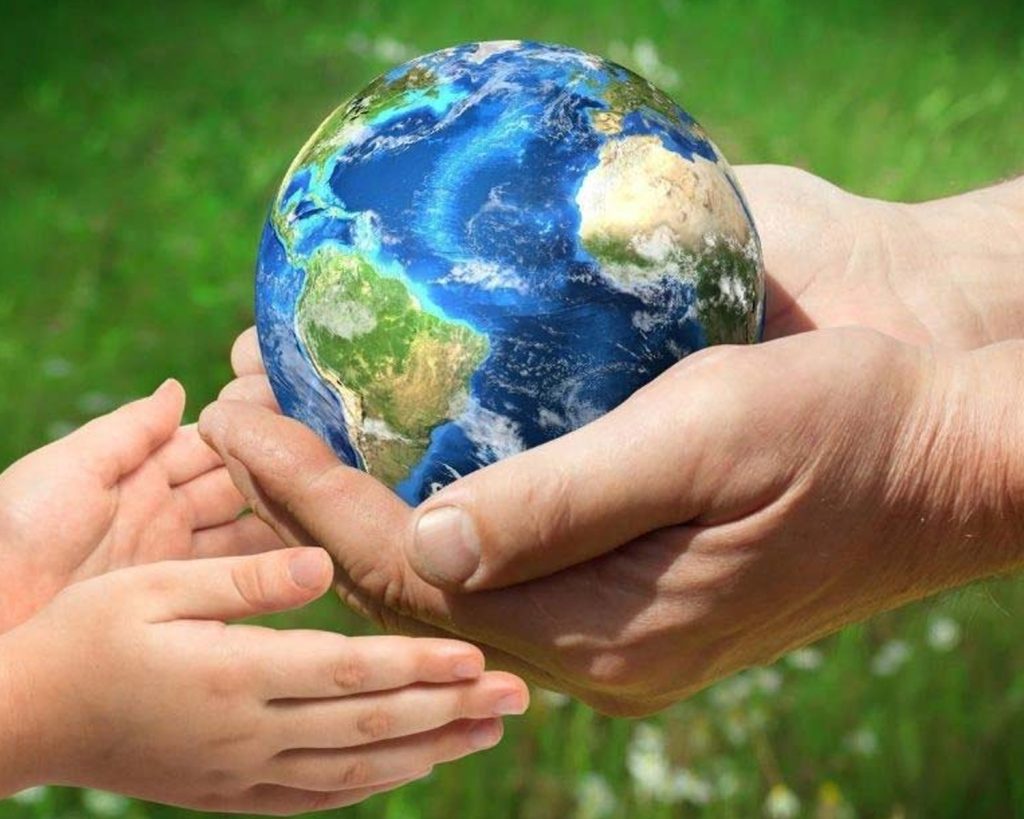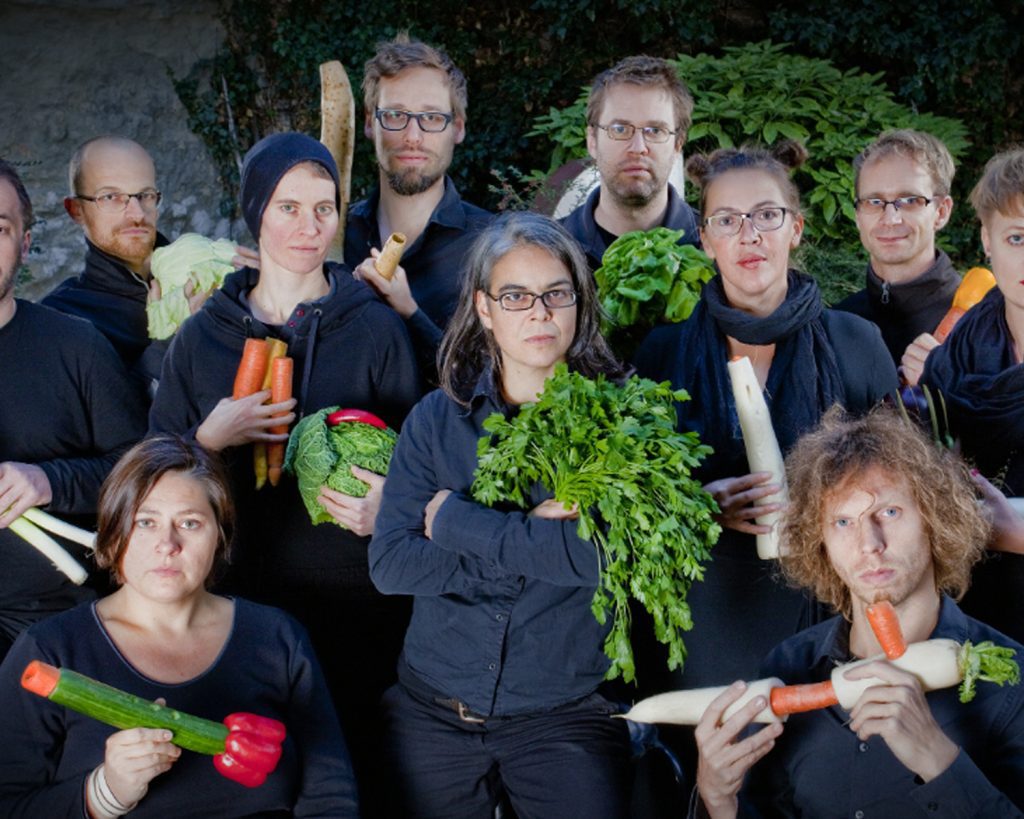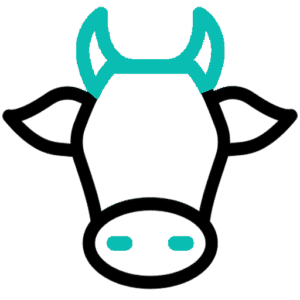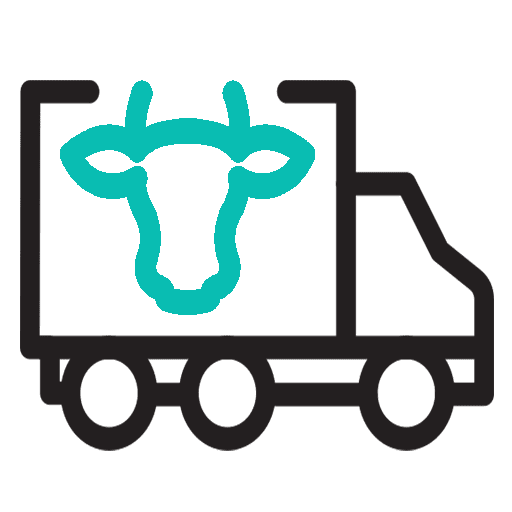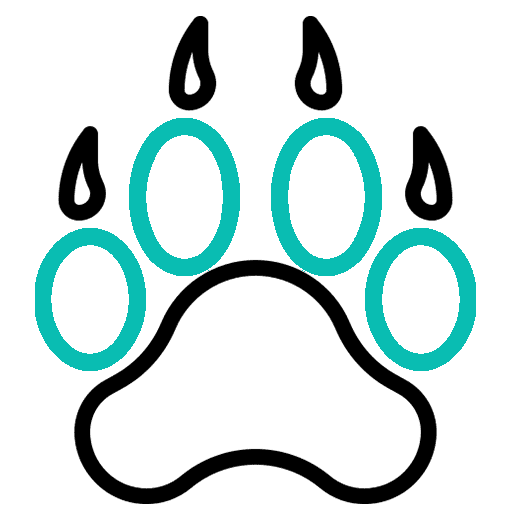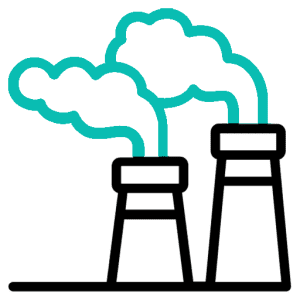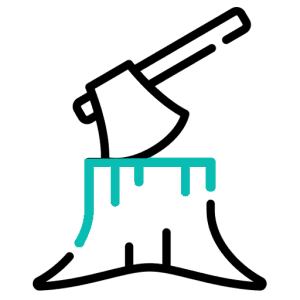Deforestation driven by industrial agriculture, particularly for livestock feed and grazing, is one of the leading causes of habitat loss and ecosystem disruption worldwide. Vast tracts of forests are cleared to make way for cattle pastures, soybean cultivation, and other feed crops, displacing countless species and fragmenting natural habitats. This destruction not only threatens biodiversity but also destabilizes local and global ecosystems, affecting pollination, soil fertility, and climate regulation.
Habitat loss extends beyond forests; wetlands, grasslands, and other critical ecosystems are increasingly compromised by agricultural expansion. Many species face extinction or population decline as their natural environments are converted into monoculture farms or livestock operations. The cascading effects of these changes ripple through food chains, altering predator-prey relationships and reducing the resilience of ecosystems to environmental stressors.
This category underscores the urgent need for sustainable land-use practices and conservation strategies. By highlighting the direct links between industrial farming, deforestation, and habitat degradation, it encourages proactive measures such as reforestation, habitat restoration, and responsible consumer choices that reduce the demand for land-intensive animal products. Protecting natural habitats is essential for preserving biodiversity, maintaining ecological balance, and ensuring a sustainable future for all living beings.
In today's world, where environmental sustainability is a pressing concern, adopting a vegan lifestyle can make a significant positive impact. By choosing to go vegan, not only are you making a compassionate choice for animals, but you are also contributing to the preservation of our planet for future generations. The Environmental Impact of Animal Agriculture Animal agriculture is a leading cause of deforestation, water pollution, and greenhouse gas emissions. The production of meat, dairy, and other animal products requires vast amounts of land, water, and feed. This contributes to deforestation as forests are cleared to make space for livestock grazing or to grow crops for animal feed. Furthermore, animal agriculture generates a significant amount of water pollution. The runoff from animal waste pollutes rivers, lakes, and oceans, leading to water contamination and harmful algal blooms. Additionally, the excessive use of fertilizers and pesticides in animal feed crops further contributes to …

